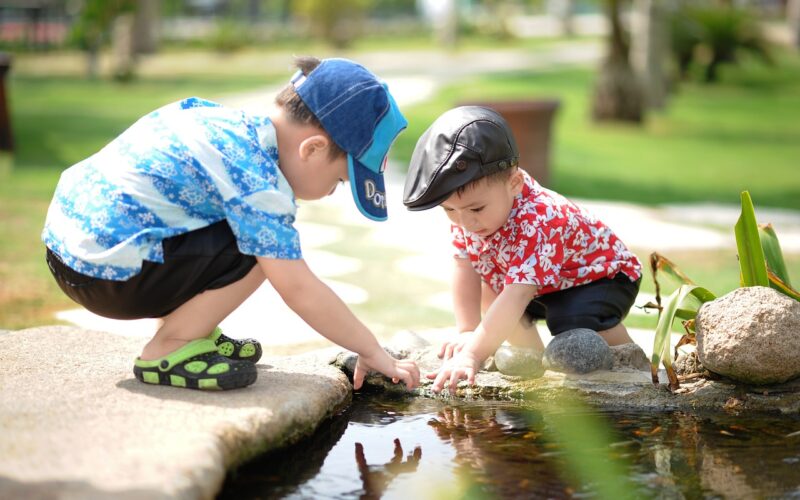Bi-lingual Home Environments
Society has become very mobile, and people move to foreign countries all the time. They might have originally thought to stay only a few years for a career, but love, marriage and children can make them choose to stay. Some of them go to a new country with a basic set of language skills for that area in place, and others learned it by immersion after they arrive. No matter how they have learned the new language, it does not take away their facility with their mother tongue.
Children born into an environment where two languages are spoken on a regular basis tend grow up to be bi-lingual, and this is a boon for them. In terms of educational value, they have a head start where formal schooling is concerned. They might not have learned all the formal grammatical rules of either language, but those are easier to pick up than vocabulary. They can concentrate on formal learning without the stress of memorizing long lists of words.
Parents who speak different languages while living in the same home are often willing to teach their children both languages, so their child can learn to speak and think in the same manner as each of their parents. For the child, this gives them a special attachment to each parent through the use of their verbal skills. They develop the ability to focus on their parents as people when speaking their language, and switching languages to the other parent’s tongue is a sign they are changing their focus.
When two people live together but speak different languages, it may be confusing to outsiders. Children growing up in the home are used to it, and they adapt without conscious thought when either language is spoken. They learn to translate between parents, and they expand their ability to think by exercising their vocabulary and grammar in two completely different formats.





